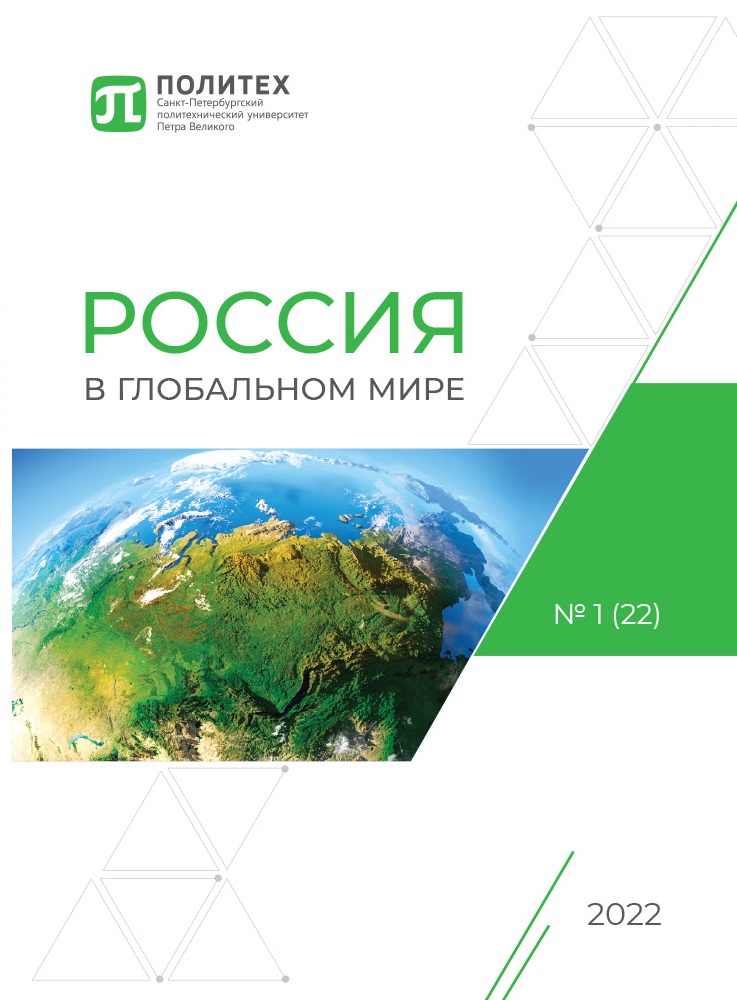Canada-ASEAN Cooperation in the Indo-Pacific: Normalization of the Agenda or New Escalation?
This study analyzes a new milestone in the regionalization processes of the Indo-Pacific region. Based on Canada's Indo-Pacific Strategy 2022 and relevant forms of interregional cooperation, new prospects for consolidating the strategy of containing the growing military and economic power of the People's Republic of China in Asia are discussed, we are also taking into account the interests of the countries of the Association of Southeast Asian Nations and an assessment of the consequences and newly identified risks, including for the Russian Federation. The purpose of this study is to determine the impact of Canada's inclusion in the regionalization processes of the Indo-Pacific region on the regional integration processes of the ASEAN countries in the 2020s. The methodological basis of this study is based on general scientific methods (system analysis, forecasting (ARIMA methodology), content analysis of documents), as well as political science methods that are used in international relations studies, which are devoted to regional security complexes. The study found that Canada perceives ASEAN as the center of the regional security architecture in the Indo-Pacific region, and as a result, Canada takes on new security commitments to ASEAN, (which leads to an even greater increase in military spending in the region). New forms of interregional cooperation between ASEAN and Canada that are favorable for the regional integration development of Southeast Asia were identified. The following conclusions were obtained: 1. Interregional cooperation between Canada and ASEAN countries in the Indo-Pacific region can reduce the impact of some of the risks that have arisen as a result of ASEAN's implementation of its Indo-Pacific Vision 2019, in particular the risks of increasing disparity in the level of development of ASEAN countries, as well as the erosion of the "ASEAN-centricity" of regional institutions in Asia. However, the continued consolidation of the Indo-Pacific concept in the foreign policy of countries leads to a deepening of the watershed between Asia and the West and their allies and China. 2. The level of trust in Asia continues to decline (increase in military spending), the geographical contour of the Indo-Pacific region (the inclusion of Canada) and the regional security agenda (the emergence of Arctic issues in the discourse) are expanding and there are prospects for the expansion of military blocs (for example, AUKUS-CAUKUS) – all this indicates an increasing role of the Indo-Pacific region in the foreign policy of Western countries.


